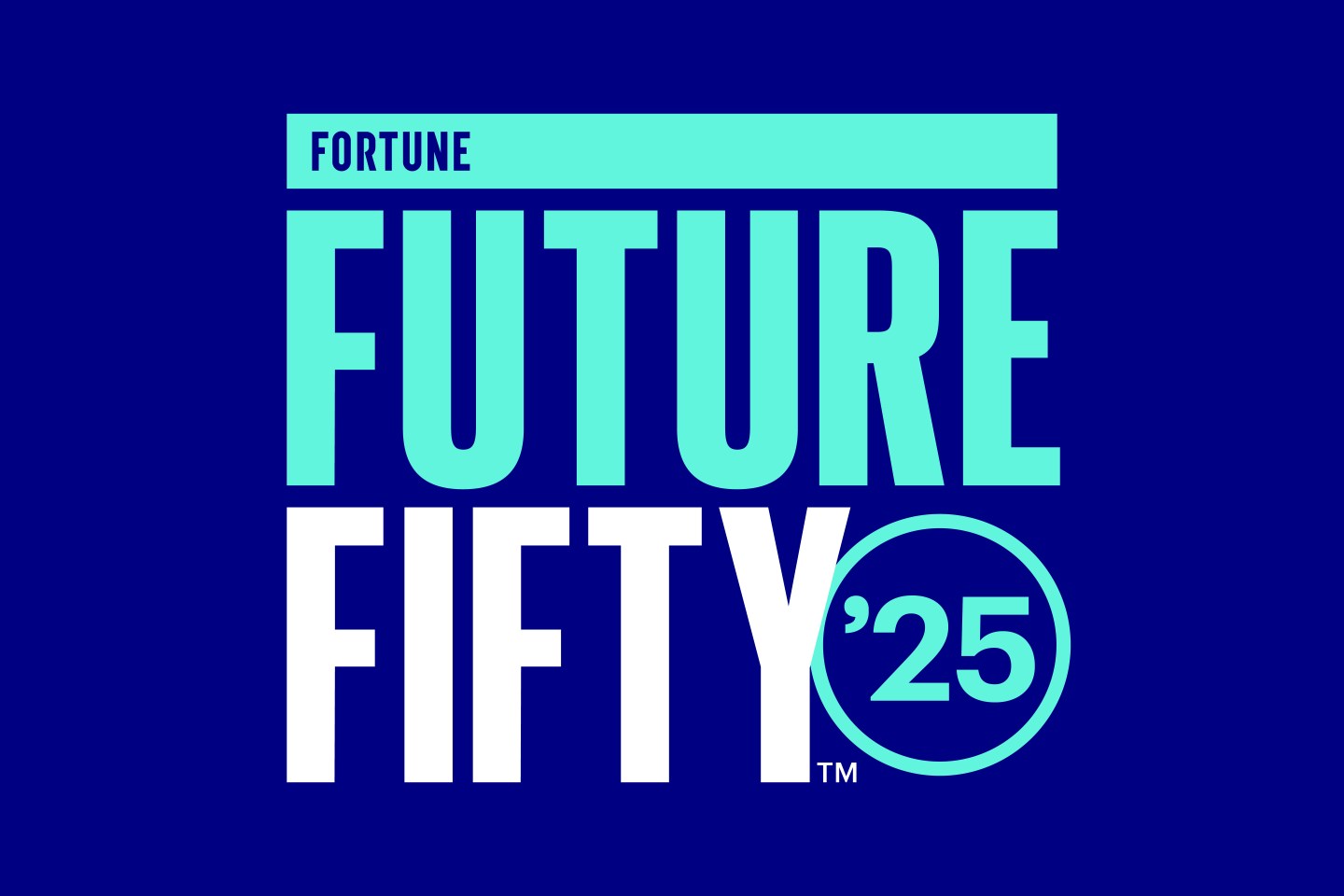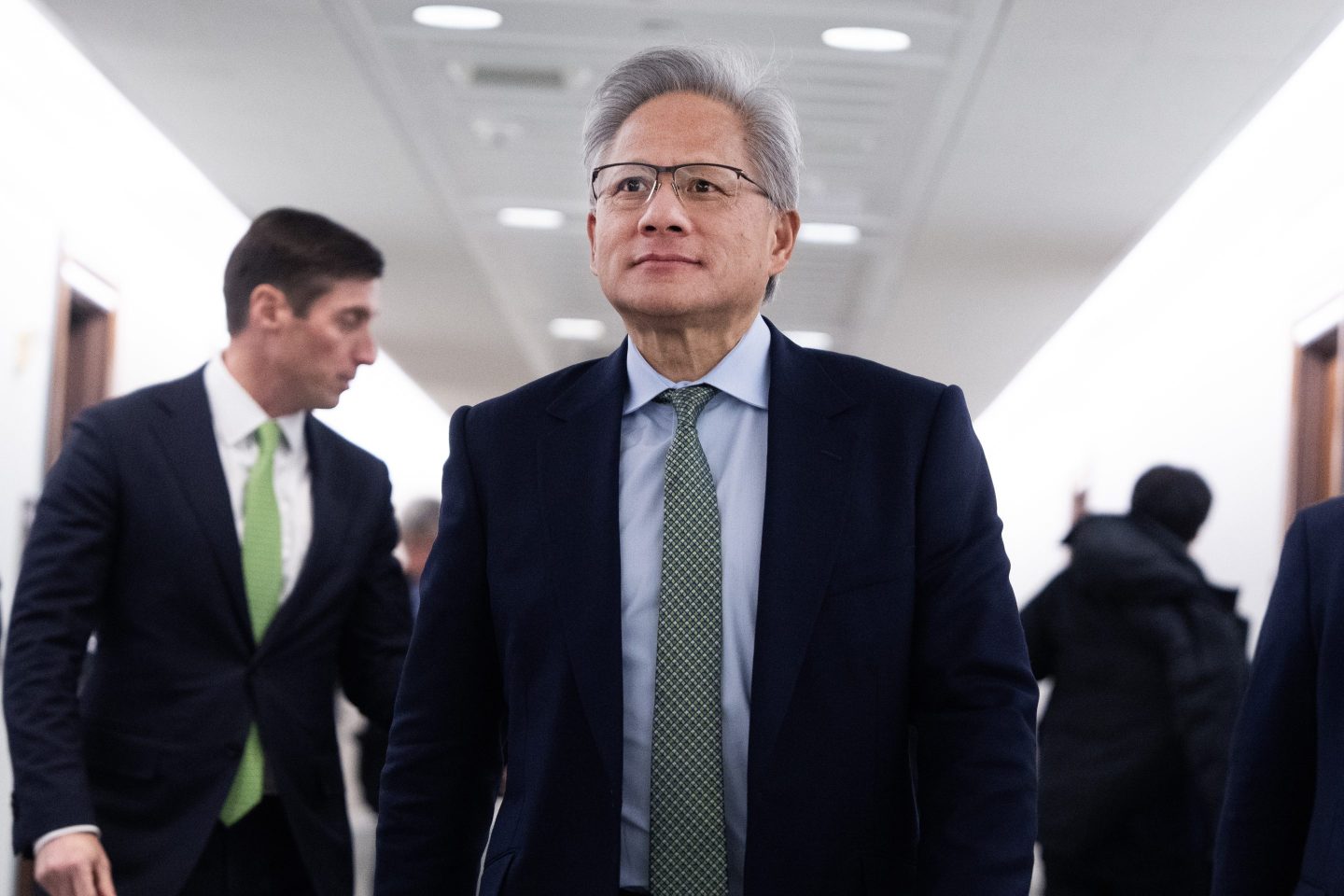Businesses worldwide have weathered a chaotic year so far in 2025. Shifting global trade and tariff dynamics and the AI race have made the pace of change even more relentless than usual. Costs have risen, and bankruptcies are up. Still, across sectors, some companies are not just staying afloat, but thriving—and in many markets, buoyant share prices show that investors retain their optimism.
So how can we tell which businesses are primed for the kind of long-term growth that delivers meaningful rewards to stakeholders? Since 2017, BCG and Fortune have teamed up to screen the world’s biggest companies for their innate fitness to grow—a measurable, manageable trait we call “corporate vitality.” Each year, the top vitality scorers are enshrined in the Fortune Future 50.
Our screen sweeps in more than 3,000 companies, including more than 150 privately held, venture-backed startups. This year, we analyzed more than 10 million data points to identify 25 metrics that offer unprecedented insight into each company’s strategy, technology, workforce, organizational setup, and culture. Each metric is correlated with above-average business performance, and together they produce BCG’s Net Vitality Score. (For scores and methodology, see the list page.)
Historically, the shares of our vitality winners have outperformed their peers’ over time. Since the list’s inception, Future 50 companies have averaged annual total returns of 12%, outperforming the MSCI World stock index by 1.4 percentage points. (Last year’s picks are off to an even stronger start: A portfolio of the public companies in the 2024 Future 50 has outperformed the MSCI World benchmark by 2.6 percentage points.)
Software wins
U.S. tech companies, particularly in software, have dominated the Future 50—a fact that reflects their scalability and their unstinting focus on talent acquisition and R&D. This year is no exception: Snowflake, a cloud-based data-storage company, tops the list, with data, analytics, and AI provider Databricks a close second. Both companies are driven by the AI moment in business—their platforms help firms unlock and activate their own data as the foundation for AI.
In all, this year’s list includes 38 software and AI companies, with others in digital media, tech hardware, e-commerce, fintech, and health tech. The U.S. is home to 76% of the top 50, with Australia, Canada, China, Europe, and India also represented.
Private firms hold 25 of the top 50 spots despite accounting for only 5% of the companies in our dataset. Companies such as German software-as-a-service firm Celonis (No. 3) and fast-growing U.S. AI providers OpenAI (No. 12) and Anthropic (No. 29) are investing heavily in product development and talent to bring their big growth ambitions to life—and attracting eager venture capital to help them do so.
One category is conspicuously missing: This year, for the first time, there are no companies on the Future 50 that are also on the Fortune 500 list of the largest U.S. companies by revenue. Smaller companies enjoy the natural agility advantage of a leaner organization. But it’s not uncommon for Future 50 companies to “graduate” to the 500 as they scale up (one example: Workday, our No. 1 company in 2018). Several of the 25 public companies on this year’s list—among them Reddit (No. 26) and Palantir (No. 31)—have that potential. Meanwhile, OpenAI, which doesn’t formally report revenue but has reportedly exceeded annualized sales of $12 billion, is already at Fortune 500 scale.
Bigger, but still ‘Vital’
Large public firms have the cards stacked against them when it comes to sustained growth. They have legacy businesses to protect, often scarce capital to allocate, hefty organizations to maneuver, and activist investors at their heels. Still, there are 120 public companies with $10 billion or more in annual revenue that rank in our top quartile for vitality—outside the top 50, but in the top 750 or so.
Smaller companies enjoy an agility advantage that makes ultrafast growth more attainable.
These include tech giants like Apple, Amazon, and Alphabet, and international super apps like Meituan, Coupang, and MercadoLibre. But it’s not just digital-centric giants that stand out. Here’s what large players in three non-software industries can teach us.
Automotive
Companies like the Porsche unit of Volkswagen Group and Volvo Cars (of China’s Geely) scored well based on their investments in R&D, particularly in autonomous driving and sustainable mobility. Valeo, a French automotive supplier, operates more than 60 R&D centers globally. And Seres—through its Aito brand collaboration with Huawei—has relied on technical innovation to reach the top of the luxury EV segment in China.
Health care
Switzerland’s Roche and American giant Eli Lilly are among the top-scoring large pharma companies. Both embrace collaboration with smaller biotech players and academia on drug discovery. They also invest heavily in AI applications, clinical trial optimization, and automated document workflows for regulatory management.
Consumer goods
H&M earns a top-quartile spot thanks to a competitive talent strategy. Healthy internal mobility and recruitment keep knowledge fresh, and a commitment to diversity in leadership helps H&M serve its global customer base. Zalando, Europe’s leading fashion and lifestyle e-commerce marketplace, recently strengthened its regional presence through a merger with rival About You, while continuing to invest in its core engineering and product teams.
76%
Share of the most “vital” companies that specialize in software, AI, or both. Source: BCG
12%
Average total annual shareholder return of future 50 companies since 2017. Source: BCG
Smarter, faster, more resilient
The good news for CEOs looking to boost their business’s growth and longevity is that any company, of any size, can become more vital. More than 300 large public companies significantly increased their vitality in the past year alone.
Based on BCG’s research, the biggest movers have three things in common. They started by clearly articulating their growth ambition—to investors, external innovation partners, and employees. This, in turn, allowed them to hire real business builders—people who have seen and felt what it takes to move businesses from zero to one. All of this was embedded in a culture of true executive-level sponsorship, with senior leaders—up to and including CEOs—rolling up their sleeves, coaching, challenging and empowering their teams, and making disciplined growth investments. Crucially, this often played out alongside an accelerated adoption of AI.
Vitality is not a privilege but a choice. Companies across industries and geographies are finding ways to grow smarter, faster, and to become more resilient. A more vital economy creates value for everyone: rewarding investors, empowering employees, and driving progress for society at large. The future belongs to those who build it.
Ketil Gjerstad is a managing director and senior partner at BCG and global leader of BCG’s strategy business. Marley Finley is a project leader at BCG. Johann Harnoss is a partner at BCG and a fellow at the BCG Henderson Institute.
This article appears in the October/November 2025 issue of Fortune.












